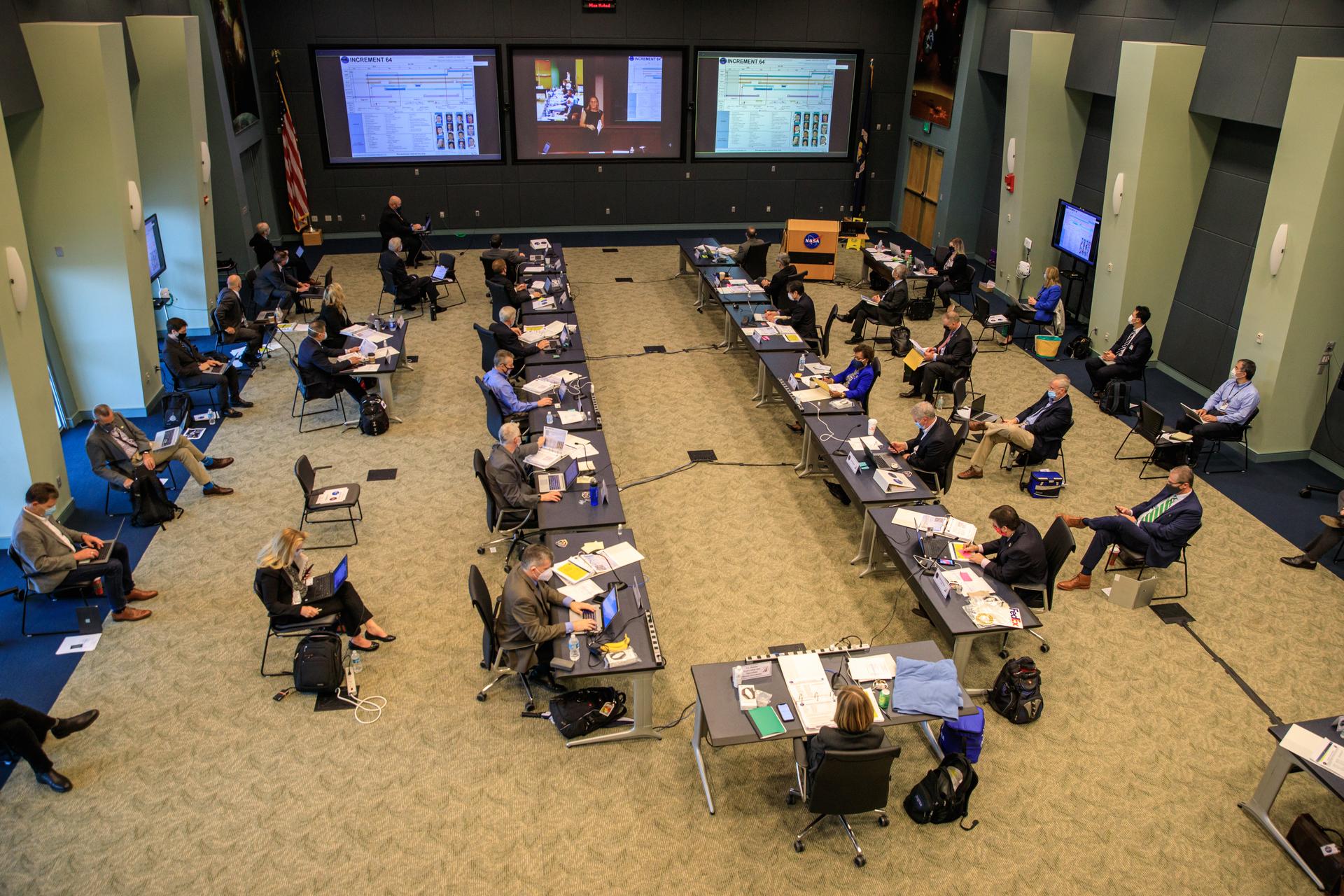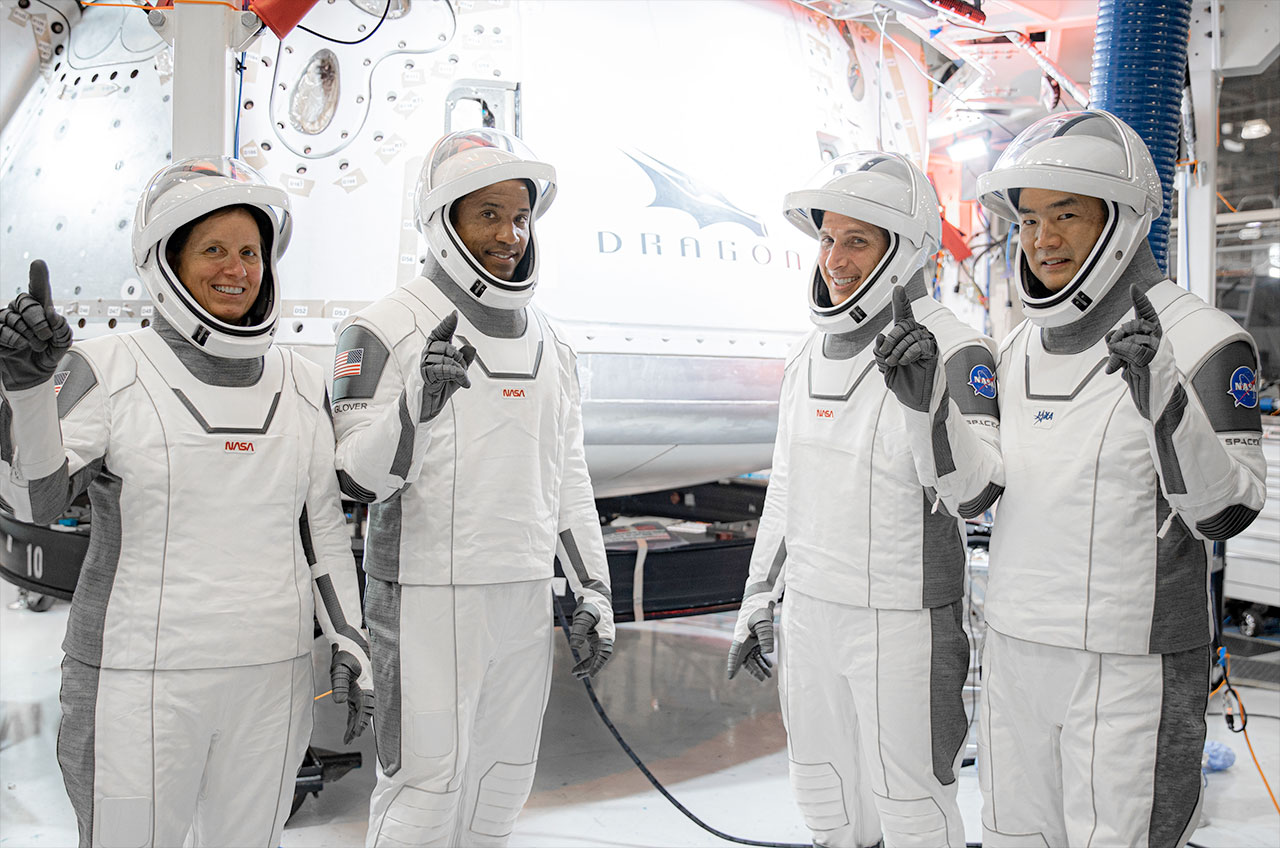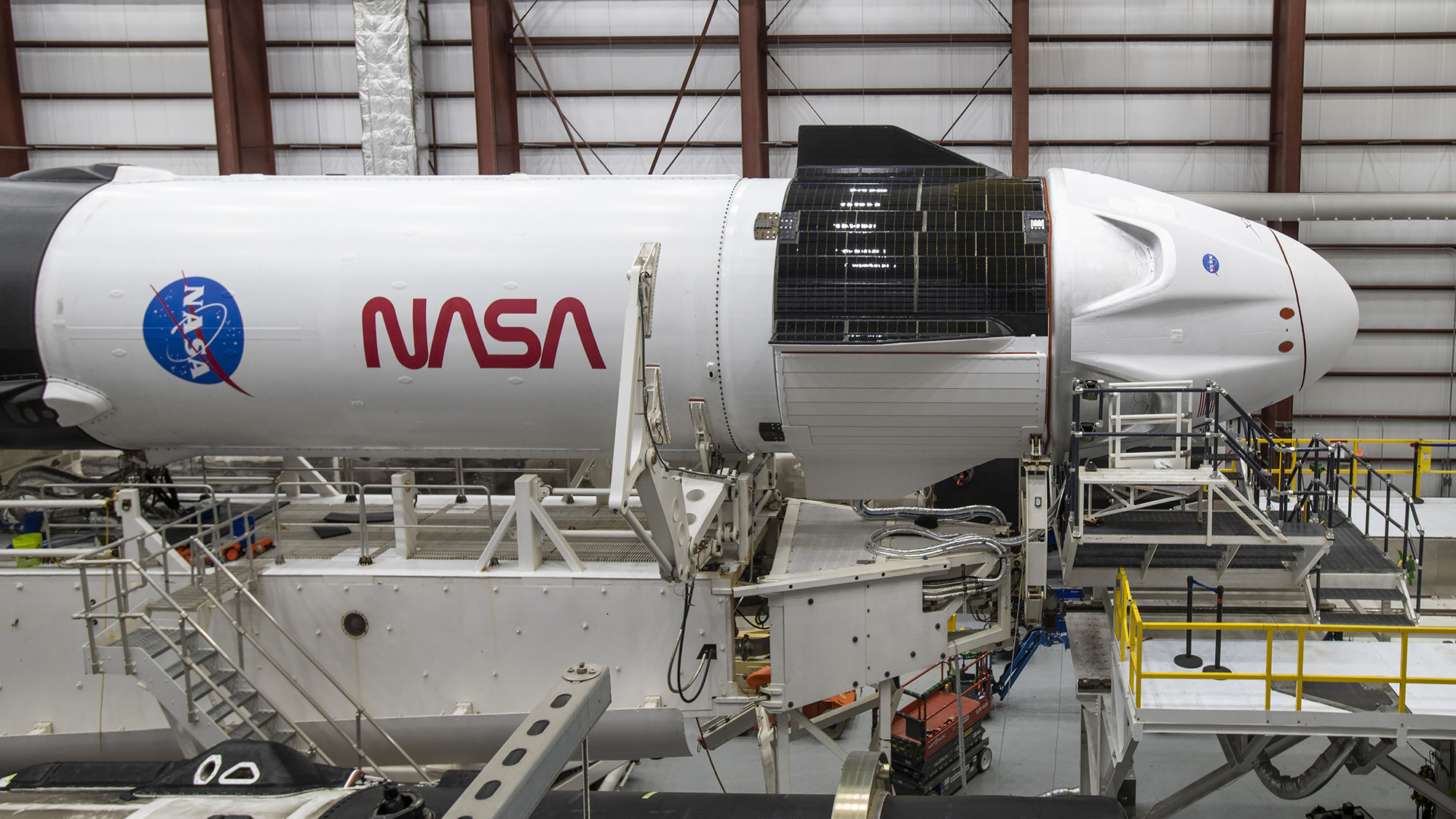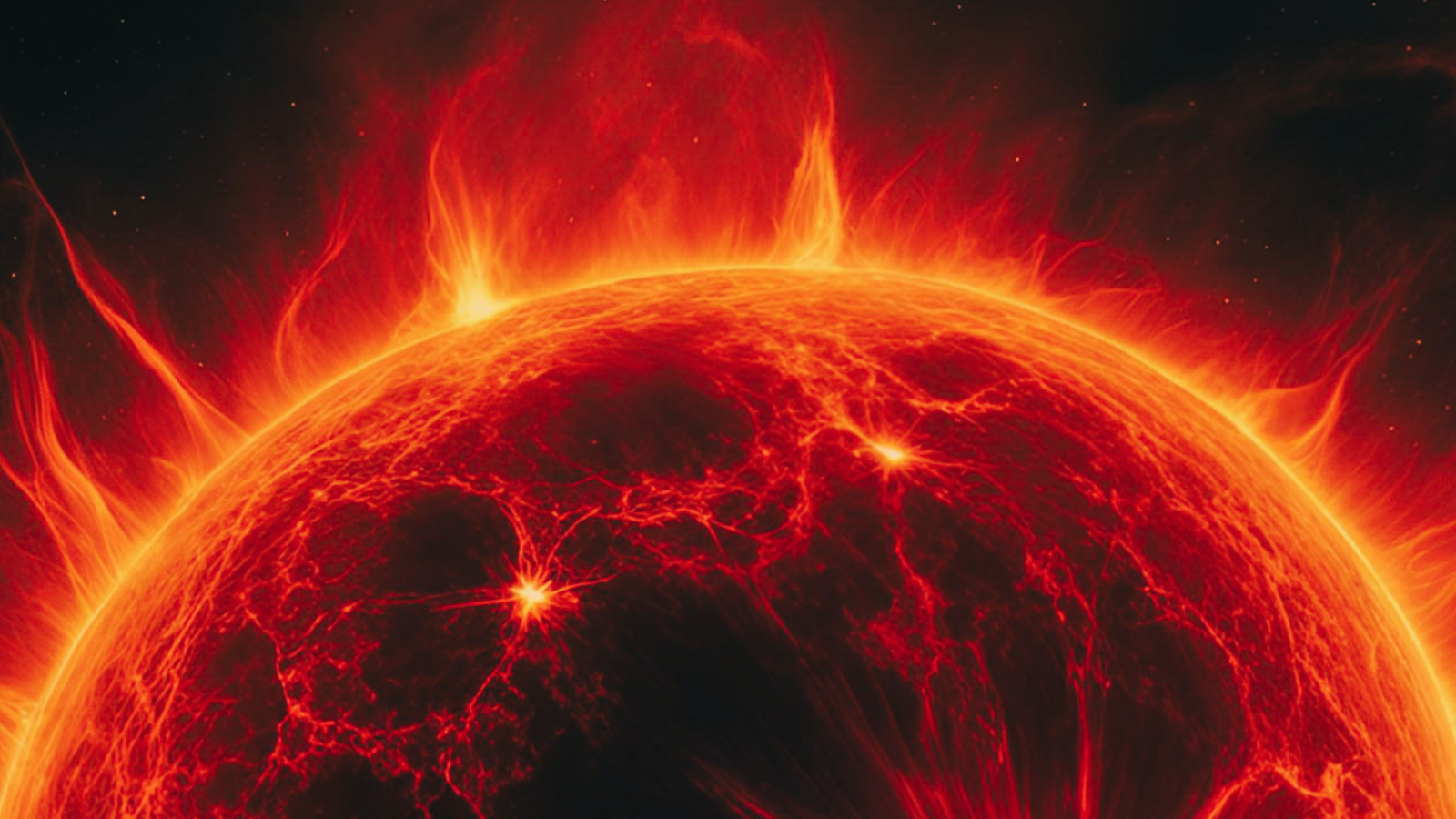NASA certifies SpaceX's Crew Dragon for astronaut flights, gives 'go' for Nov. 14 launch
SpaceX's next astronaut flight for NASA is "go" for launch this weekend, agency officials announced Tuesday (Nov. 10), followed by the news that SpaceX has been certified for regular flights to and from the International Space Station.
NASA and SpaceX completed a critical flight readiness review (FRR) for the Crew-1 mission Tuesday afternoon, putting the company's Falcon 9 rocket and Crew Dragon spacecraft on track to launch four astronauts to the International Space Station on Saturday (Nov. 14). The mission is scheduled to lift off at 7:49 p.m. EST (0049 GMT Sunday, Nov. 15) from NASA's Kennedy Space Center in Florida, weather permitting.
After the FRR, NASA completed the signing of the Human Rating Certification Plan for SpaceX's crew transportation system, which includes Crew Dragon, Falcon 9 and their associated ground systems. This means SpaceX is now certified to regularly launch astronauts to and from the ISS for NASA. Crew Dragon will be the first NASA-certified crew spacecraft to launch since the space shuttle program ended in 2011.
"This is a big day," NASA's human spaceflight chief Kathy Lueders said in a news conference after the FRR. "But the next few days are going to be big days, too, and we're going to have to be stepping carefully through our final readiness for the flight. This thorough review today and everyone's approval to move forward was a great first step towards flight."
Video: SpaceX crew transport system certified by NASA
In photos: SpaceX's Crew-1 mission to the International Space Station
Crew-1 will not only be the first mission to launch astronauts on a NASA-certified, commercial spacecraft; it's also the first time the Federal Aviation Administration (FAA) has issued a launch license for a crewed space mission.
"So we in the FAA look forward to this historic event," Randy Repcheck, the FAA's acting director of operational safety, said in the news conference. "We've licensed suborbital launches with flight crew, but not not orbital launches, and certainly none with NASA."
Breaking space news, the latest updates on rocket launches, skywatching events and more!
Launching on board the Crew Dragon spacecraft will be NASA astronauts Victor Glover, Mike Hopkins and Shannon Walker and Japanese Aerospace Exploration Agency (JAXA) astronaut Soichi Noguchi. The four-person crew will spend about 8.5 hours flying to the International Space Station (ISS), where they will spend the next six months as members of the Expedition 64 crew.
Although the Crew-1 mission will be the first operational flight of SpaceX's Crew Dragon spacecraft, it's not the first time astronauts have flown on a Crew Dragon. The first Crew Dragon passengers were NASA astronauts Bob Behnken and Doug Hurley, who spent about two months at the ISS earlier this year as part of the Crew Dragon Demo-2 test flight.
Starting with the Crew-1 mission, SpaceX's Crew Dragon will be making regular trips to and from the ISS, providing an alternative to the Russian Soyuz spacecraft that has transported NASA astronauts for the last decade. (NASA has also contracted Boeing to fly astronauts to the ISS on its CST-100 Starliner spacecraft, which has not yet successfully completed a demonstration mission and is scheduled to take a second stab at an uncrewed test flight in 2021.)
"For the next 15 months, we will fly seven crew and cargo Dragon missions for NASA. That means that, starting with Crew-1, there will be a continuous presence of SpaceX Dragons on orbit," Benji Reed, senior director of human spaceflight at SpaceX, said in the post-FRR news conference. "And starting with the cargo mission CRS-21, every time we launch a Dragon, there will be two Dragons in space simultaneously for extended periods of time."
"We are honored to be the nation's launch provider for crew missions and take seriously the responsibility that NASA has entrusted to us to carry American astronauts to and from the space station," Reed added. "Honestly, we couldn't be more proud of what we've already accomplished together."
Email Hanneke Weitering at hweitering@space.com or follow her on Twitter @hannekescience. Follow us on Twitter @Spacedotcom and on Facebook.

Hanneke Weitering is a multimedia journalist in the Pacific Northwest reporting on the future of aviation at FutureFlight.aero and Aviation International News and was previously the Editor for Spaceflight and Astronomy news here at Space.com. As an editor with over 10 years of experience in science journalism she has previously written for Scholastic Classroom Magazines, MedPage Today and The Joint Institute for Computational Sciences at Oak Ridge National Laboratory. After studying physics at the University of Tennessee in her hometown of Knoxville, she earned her graduate degree in Science, Health and Environmental Reporting (SHERP) from New York University. Hanneke joined the Space.com team in 2016 as a staff writer and producer, covering topics including spaceflight and astronomy. She currently lives in Seattle, home of the Space Needle, with her cat and two snakes. In her spare time, Hanneke enjoys exploring the Rocky Mountains, basking in nature and looking for dark skies to gaze at the cosmos.



